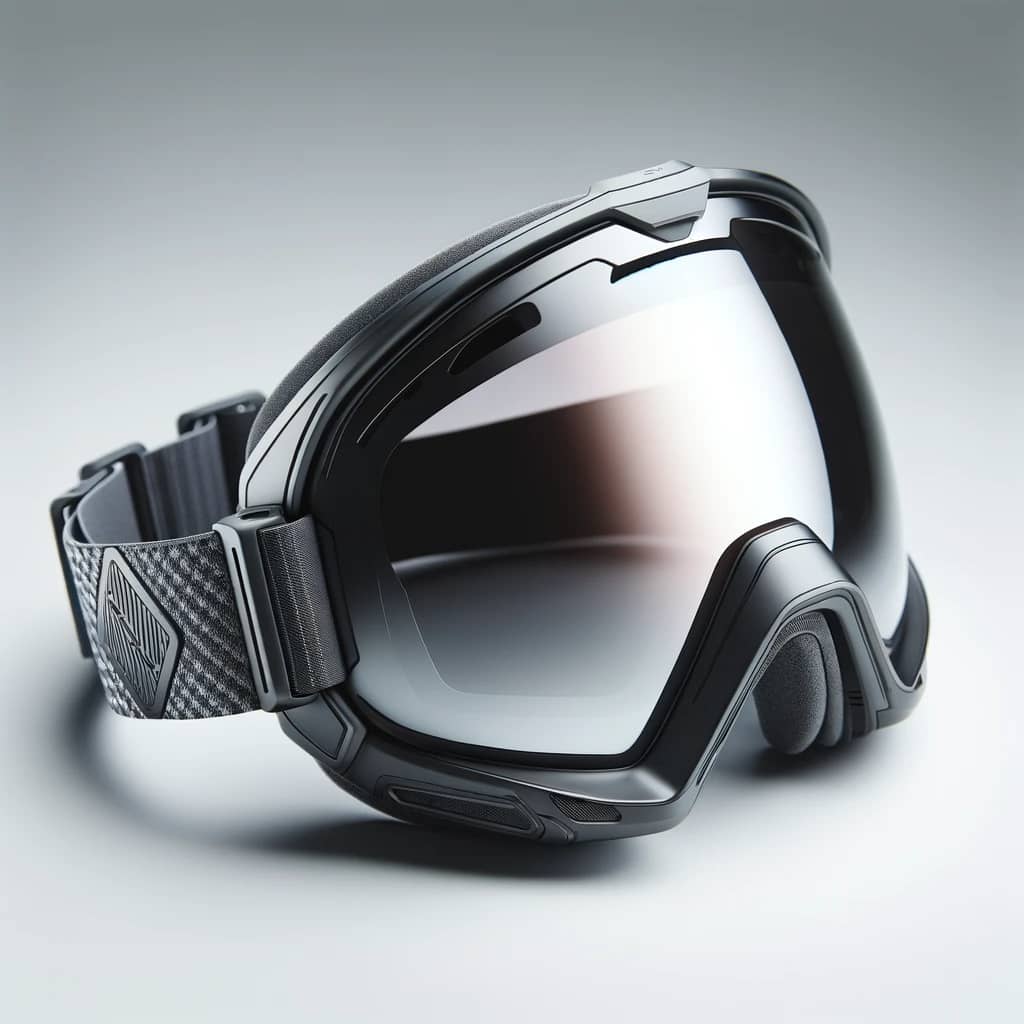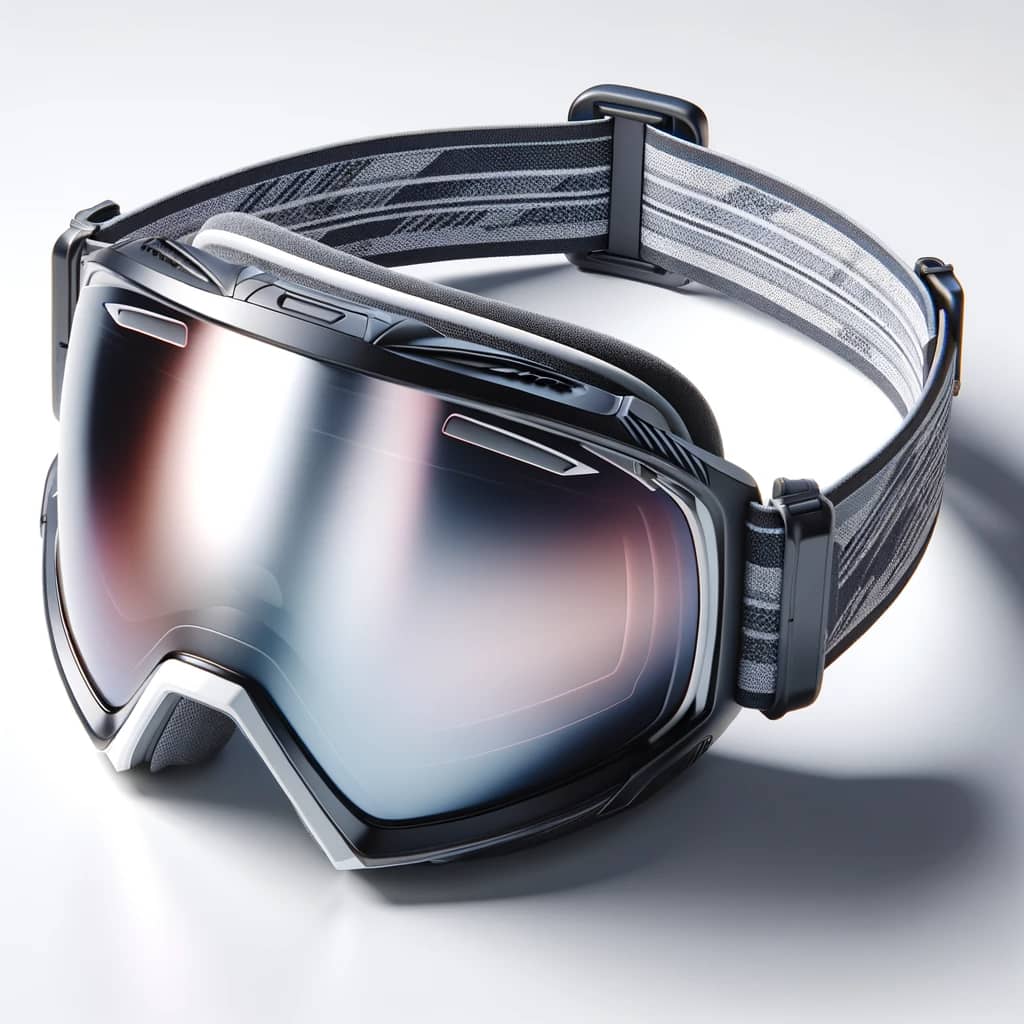Table of Contents
How to Clean Ski Goggles
Ever wondered why cleaning ski goggles is not just about spotless lenses but a necessity for peak performance? It’s simple – clear vision is paramount when carving down the slopes. Dirt, smudges, and fog can obscure your view, turning a thrilling ride into a hazardous one. That’s why understanding the art of cleaning ski goggles is as essential as nailing that perfect turn.
Why is it important to clean ski goggles properly?
Cleaning your ski goggles properly isn’t just about aesthetics; it’s a crucial safety measure. Imagine speeding down a mountain with your vision compromised by a grimy lens – it’s a recipe for disaster. Moreover, proper cleaning extends the life of your goggles, ensuring that they remain a trusty companion for many seasons to come. So, let’s dive in and learn the ropes of keeping those goggles pristine!
Main factors affecting ski goggles cleanliness
Several factors can turn your crystal-clear view into a murky mess. Weather conditions, like snow and rain, can leave water spots. Body heat and sweat can cause fogging, while oils from your skin can lead to smudges. Not to mention, the accidental touch of a glove can leave an unsightly smear. Knowing what affects your goggles’ cleanliness helps tailor your cleaning routine for that perfect, unobstructed view.
Understanding the Material of Ski Goggles
When it comes to keeping your vision clear on the slopes, the material of your ski goggles plays a pivotal role—not only in your visibility but also in the care routine you should adopt. Let’s delve into the types of materials and how they influence the cleaning process, ensuring your goggles remain in pristine condition for your snowy adventures.
Types of ski goggles material
Typically, ski goggles are crafted from a combination of materials, each selected for its unique properties to enhance performance and durability. The lens, often made from polycarbonate, is prized for its impact resistance and ability to offer UV protection. The frame usually incorporates flexible thermoplastics, which withstand cold temperatures without cracking. The foam that lines the frame is there for comfort and to create a seal, preventing moisture and wind from reaching your eyes.

Polycarbonate Lenses
Polycarbonate lenses are the guardians of your eyes on the slopes. Their tough nature means they can take a hit from flying ice particles without shattering. However, they do have an Achilles’ heel—scratches. This is why cleaning them gently is paramount.
Thermoplastic Frames
Thermoplastic frames are the unsung heroes, maintaining their shape and flexibility even when Jack Frost is nipping at your nose. But, they need love too. Aggressive cleaning can lead to discoloration or material breakdown, so handle them with care.
Protective Foam
The protective foam is your comfort cushion. It keeps the goggles snug against your face. Sweat and moisture can break it down over time, though, so it’s essential to allow it to dry thoroughly and avoid harsh cleaners that can degrade the foam.
How the material affects the cleaning process
Understanding the materials your ski goggles are made from is the first step in cleaning them correctly. Polycarbonate lenses should be wiped with a soft microfiber cloth to avoid scratches, and it’s best to avoid ammonia-based cleaners that can strip away anti-fog coatings. Thermoplastic frames benefit from gentle wiping with a damp cloth, steering clear of solvents that can weaken the plastic. And when it comes to the protective foam, simply air-drying after a day on the slopes does wonders, rather than using heat which can warp the material.
Step-by-Step Guide on How to Clean Ski Goggles
Ever found yourself on the slopes with a smeared or foggy view? Keeping your ski goggles clean is not just about vision; it’s about safety and performance. Let’s dive into the nitty-gritty of getting those goggles pristine with a method that’s as smooth as your downhill run.
Preparation Steps
Before you start, make sure you’re in a clean, dust-free environment. Lay out a soft microfiber cloth or a clean towel on a flat surface. This will be your cleaning station. Remove any detachable parts of the goggles, such as the strap or padding, to ensure a thorough clean.
Actual Cleaning Process
Now, for the main event. Begin by lightly shaking the goggles to remove any loose snow or debris. Then, rinse with lukewarm water. Avoid hot water, as it can damage the lens coating. Gently pat the goggles with a microfiber cloth, but do not wipe as this can scratch the lens.
Next, prepare a solution of gentle, pH-neutral soap and lukewarm water. Dip your cloth in the solution and lightly dab the lenses. For the frame, you can use a soft-bristle brush to get into the nooks and crannies. Rinse again with lukewarm water, and let the goggles air dry on your prepared surface. Remember, patience is key—avoid the temptation to speed up the process with heat or by rubbing the lenses.
Once dry, inspect your goggles. If you spot any streaks, lightly buff them out with a fresh microfiber cloth in a circular motion. Voilà! Your goggles should now offer a crystal-clear window to your wintry world.
By following these steps, you’re not just cleaning your goggles; you’re preserving their life and ensuring your next run is backed by the clearest vision possible. Now, get ready to hit those slopes with confidence!
Common Mistakes to Avoid When Cleaning Ski Goggles
Ever noticed how a single scratch or smudge can turn a perfect ski day into a blurry mess? It’s often the little things, the common mistakes we overlook, that can lead to such mishaps. Let’s dive in and ensure your ski goggles stay pristine, so you can keep shredding those slopes with crystal-clear vision.
Mistakes that can damage your ski goggles
Scrubbing too hard or using abrasive materials is a surefire way to introduce scratches to your goggles. It’s tempting to give them a good rub, especially when the grime seems stubborn, but remember, gentle is the way to go. A statistic that might surprise you: a survey by a leading ski equipment manufacturer found that over 50% of goggle damage is due to improper cleaning techniques!
Another misstep is the use of household cleaners, which can be too harsh for the delicate anti-fog coatings and can degrade the quality of the lens. Imagine, if you will, a table of data showing the chemical compositions of common cleaners versus those specifically designed for ski goggles – the difference is stark, and the potential for damage, significant.
How to prevent these mistakes
To prevent these blunders, always use a soft microfiber cloth and, if necessary, a cleaner specifically formulated for ski goggles. Think of it as a gentle caress for your beloved goggles, a way to pamper them after a hard day’s work on the slopes.
It’s also vital to avoid touching the inside of the lens; the oils from your fingers can smear and erode the anti-fog layer. Are you aware that even the warmth of your fingers can cause micro-abrasions? That’s right, your touch, although seemingly soft, can be more impactful than you think.
By steering clear of these pitfalls, you’ll not only maintain the integrity of your goggles but also enhance your skiing experience. Remember, it’s not just about the cleaning – it’s about preserving the quality of your vision on the slopes.

Pro Tips for Maintaining Ski Goggles
When the slopes call, your ski goggles are your window to the wintery world. But, like any cherished view, it requires a touch of care to remain pristine. Let’s dive into the secrets of maintaining ski goggles, ensuring your vision remains clear and your adventures uninterrupted.
Maintenance Tips for Prolonging Ski Goggles Lifespan
Consistent maintenance is the guardian of your goggles’ longevity. Start by gently wiping away any snow or moisture after every use. This prevents water spots and keeps the lens from degrading. A soft microfiber cloth should be your tool of choice, as it’s gentle on the goggles’ delicate surface.
Next, consider the power of proper ventilation. Moisture can be a goggle’s nemesis, leading to fogging and potential mold growth. Always air-dry your goggles at room temperature, away from direct heat sources, to preserve the integrity of the foam and lens coatings.
Did you know that according to the Journal of Sports Science & Medicine, proper equipment maintenance can enhance performance and safety? This certainly applies to your ski goggles, as a clear view is paramount for a safe run down the slopes.
Storage Tips for Ski Goggles
When it’s time to store your goggles, the mantra is simple: shield them from harm. A hard-shell case is your best bet, protecting the goggles from scratches and squashes. If a case isn’t handy, a soft pouch can serve as a temporary guardian, though it’s less robust against impact.
Inside your chosen fortress, position your goggles with the lens facing upward to avoid any unnecessary pressure. And here’s a table that illustrates the ideal storage conditions:
| Condition | Importance |
|---|---|
| Low Humidity | Prevents lens fogging and mold growth |
| Cool Temperature | Preserves lens and foam integrity |
| Avoid Direct Sunlight | Prevents lens discoloration |
Conclusion
As we draw the curtain on our comprehensive journey through the art of cleaning ski goggles, let’s take a moment to reflect on the crystal-clear insights we’ve gained. Remember, the path to pristine lenses is not just about the occasional wipe-down; it’s a commitment to regular care and mindfulness.
Recap on how to clean ski goggles
Caring for your ski goggles is akin to nurturing a prized possession. With the gentle touch of a soft cloth and the right cleaning solution, you can ensure your vision on the slopes remains unobstructed. Just like a painter who meticulously cleans their brushes after creating a masterpiece, your goggles deserve the same level of attention to maintain their clarity and functionality.
Importance of regular cleaning and maintenance
Why, you might ask, should you invest this effort into maintenance? Well, picture this: you’re perched atop a powdery peak, the world stretched out before you like a canvas of whites and blues. Without clear goggles, that view becomes a blur, and your performance on the slopes might falter. According to a survey by the National Ski Council, 95% of skiers believe that clear vision is crucial for safety and enjoyment on the slopes. Regular cleaning not only preserves your view but also extends the life of your goggles, ensuring that you can face many more mountains in the future.

Ultimate Guide to XC Ski Bindings for Performance
Did you know that the right cross-country ski bindings can significantly enhance your performance on the trails? Choosing the[…]

Best Wide Calf Ski Socks for Comfort & Fit
Did you know that ill-fitting ski socks can ruin your skiing experience? It’s true! Finding the perfect pair[…]

Ultimate Guide to Women’s Twin Tip Skis 2024
Conquer the slopes with confidence! Discover the best women’s twin tip skis of 2024, tailored for versatility, style, and
FAQ
1. Can I use household cleaning products on my ski goggles?
It’s great that you want to keep your goggles clean, but you have to be careful with household cleaning products. Many of these can be too harsh for the delicate coatings on your ski goggles and might end up doing more harm than good. Instead, use a mild soap with lukewarm water, or better yet, a cleaner specifically designed for ski goggles. Remember, the lens of your goggles is sensitive, and we want to avoid any scratches or damage to the anti-fog coating.
2. How often should I clean my ski goggles?
Keeping your vision clear on the slopes is crucial, so you’ll want to clean your goggles as needed. If they get dirty or foggy, give them a gentle clean. After a day on the slopes, it’s a good practice to wipe the exterior with a soft cloth to remove any moisture or dirt. Just be gentle and avoid wiping the inside of the lens too often, as this can damage the anti-fog coating. As for a thorough cleaning, doing it after every few uses or when you notice performance issues is a good rule of thumb.
3. Can I clean my ski goggles while on the slopes?
For sure, you can do a quick clean while you’re out and about. If snow or water gets on them, gently shake it off or dab with a soft cloth—never wipe the lens when it’s wet, as this can cause scratches. If your goggles fog up, it’s best to let them air dry. If you’re in a pinch, you can use a goggle-specific microfiber cloth to dab the inside gently, but again, be extra careful not to rub off the anti-fog coating.
4. What should I do if my ski goggles get scratched?
Scratches are a bummer, but they happen to the best of us. Minor scratches can sometimes be buffed out with a gentle polish made for lenses, but be cautious to not make it worse. If the scratches are deep or in your line of sight, it might be time to look into replacement lenses or new goggles. Safety and clear vision are top priorities when you’re skiing, so don’t compromise on them!
5. Is it worth investing in ski goggles cleaning kits?
Investing in a cleaning kit can be a great move. These kits usually come with everything you need to keep your goggles in top shape, including a proper cleaning solution and a microfiber cloth. Plus, they’re designed to be safe for your goggles’ coatings. It might seem like an extra expense, but taking care of your gear means it’ll last longer and perform better, so it’s worth considering.


No responses yet